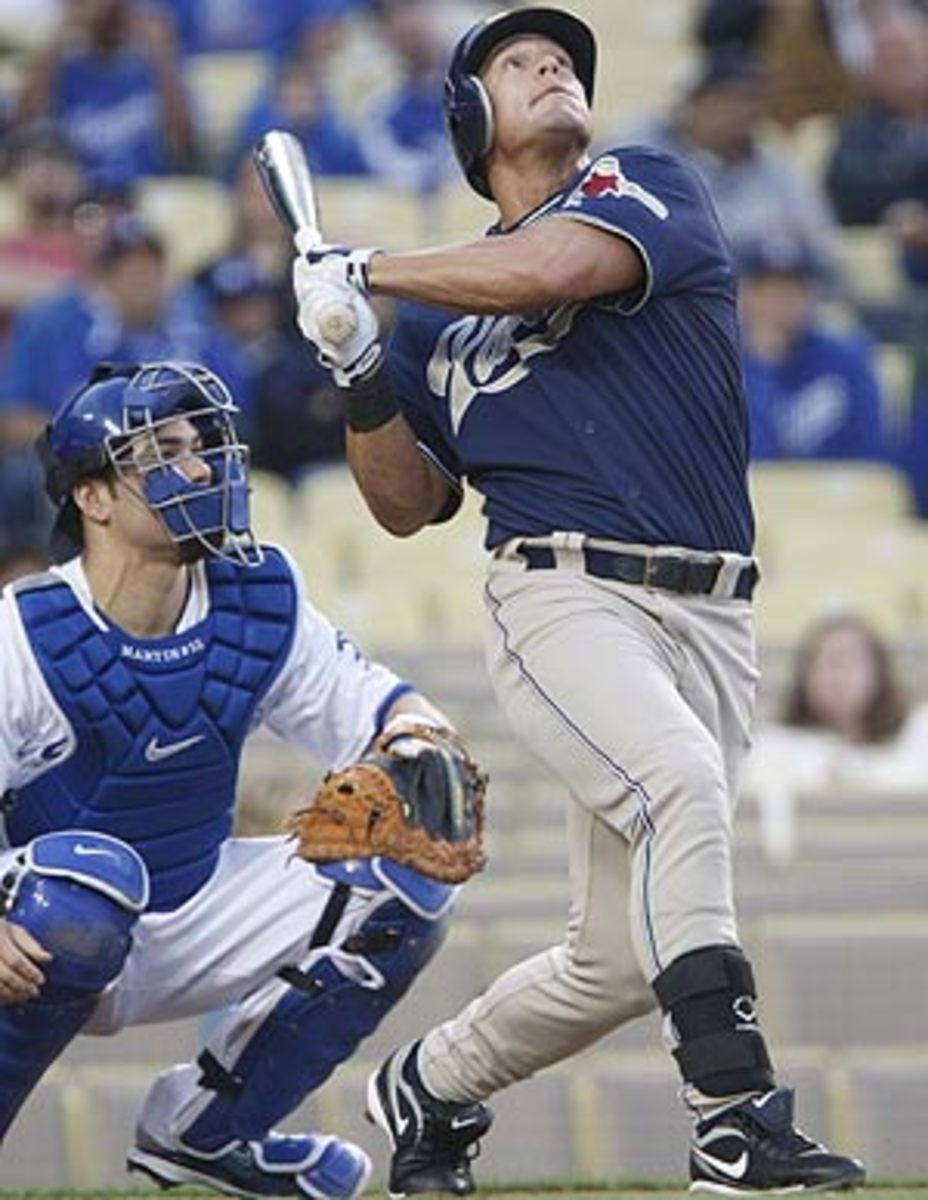It's getting late in May for aging stars to reach usual numbers
At some point in May it becomes slightly absurd to keep insisting that the season is young and results don't yet matter. The surest sign that this point has been reached is that players are losing work. Is it early? Ask Minnesota Twins second baseman Alexi Casilla, who's been demoted to Triple A, or Chicago White Sox shortstop Alexei Ramirez, who has become far too familiar with the bench, or the New York Mets' nominal No. 2 starter Oliver Perez, who was briefly sent to the bullpen before hitting the disabled list with a wonky knee last week. They'll all say no.
If it isn't early, then lousy play means something, and the sad fact is that some of baseball's most famous names have been about as lousy as Casilla or Ramirez. These players aren't necessarily shot, but they've played a bit too bad a bit too late in their careers for anyone to assume that they'll do what they're being counted on to do. It's the sad thing about baseball: The ascent of every brilliant young player like Zack Greinke has to be matched by the equal collapse of some player just a few years older, who in his day was every bit as thrilling and now just looks worn and old.
The prime example may be the San Diego Padres' Brian Giles, whose abysmal .158/.241/.208 batting line may, if anything, understate how bad he's been. At 38, Giles has seemingly lost the ability to drive or loft the ball, and enemy pitchers have noticed, throwing him far more fastballs than they have in the past, as if daring him to catch up to them. This is an ugly thing to see, but between the seeming death of his bat and the statuesque defense you'd expect of a player his age in the wide outfields of the National League West, we could be seeing the ash end of a career that merits more serious Hall of Fame consideration than there's any chance it will receive.
If he isn't as badly off as Giles, Oakland's Jason Giambi, a similar player at a similar point in his career, is still showing symptoms of the same disease. For years Giambi, 38, has gone through intermittent stretches in which he provided essentially no value other than drawing walks. It was always clear that one of these stretches would just not end, and that day may be here. Dire as things look given that he's hitting .208 with three home runs, the more alarming point, unless you think he can produce through legged-out infield hits, is that Giambi's ground ball rate has gone up by about a third relative to what he usually does. Nostalgic Oakland fans should enjoy his return while they can.
More worrisome, at least for his team, is Red Sox designated hitter David Ortiz, who's expected to anchor a championship-caliber offense despite there being increasingly little reason to think he's capable of doing so. Most everyone has an explanation for why Papi has yet to hit a home run this year, but the simplest is also the most plausible: At 33, a player of his size, shape and skills is inherently prone to abrupt collapse, and given the stunning, visible decline in his bat speed the last two years, his may just have come. Unlike Giles and Giambi, there has been no notable change in how he's hitting the ball; the only problem is that he's not hitting it hard or far enough. It's a bad problem to have for a player who does nothing else well.
While the Red Sox have their concerns, though, they can at least console themselves with the notion that the Yankees have a worry of nearly equal size. While he hasn't rated, as these other three players have, as among the worst in the game so far this year, New York's shortstop is nonetheless starting to look crisp on the edges. Consider this: Derek Jeter is hitting .273/.347/.409 on the year -- down from his career rates of .315/.386/.458. Therefore, the difference between his passable but uninspiring offense and what he usually does is 42 points of batting average. Granting that he has lots of time to raise his average, is it more likely that a 34-year-old shortstop with 14 years worth of tread on his tires is a .273 hitter or a .315 hitter?
Early as it may not be, you can be fairly sure that none of these players, no matter how he performs, is going to meet with Casilla's fate. Which is in the end what you can take from watching any of these four right now: Tying on to older players is a way not only of laying the odds against you, but of ensuring that money and reputation keep you from doing much about it when your bets sour. Mid-May is a poor time to suddenly realize a dead bat isn't coming back, especially when it belongs to your No. 3 hitter.






